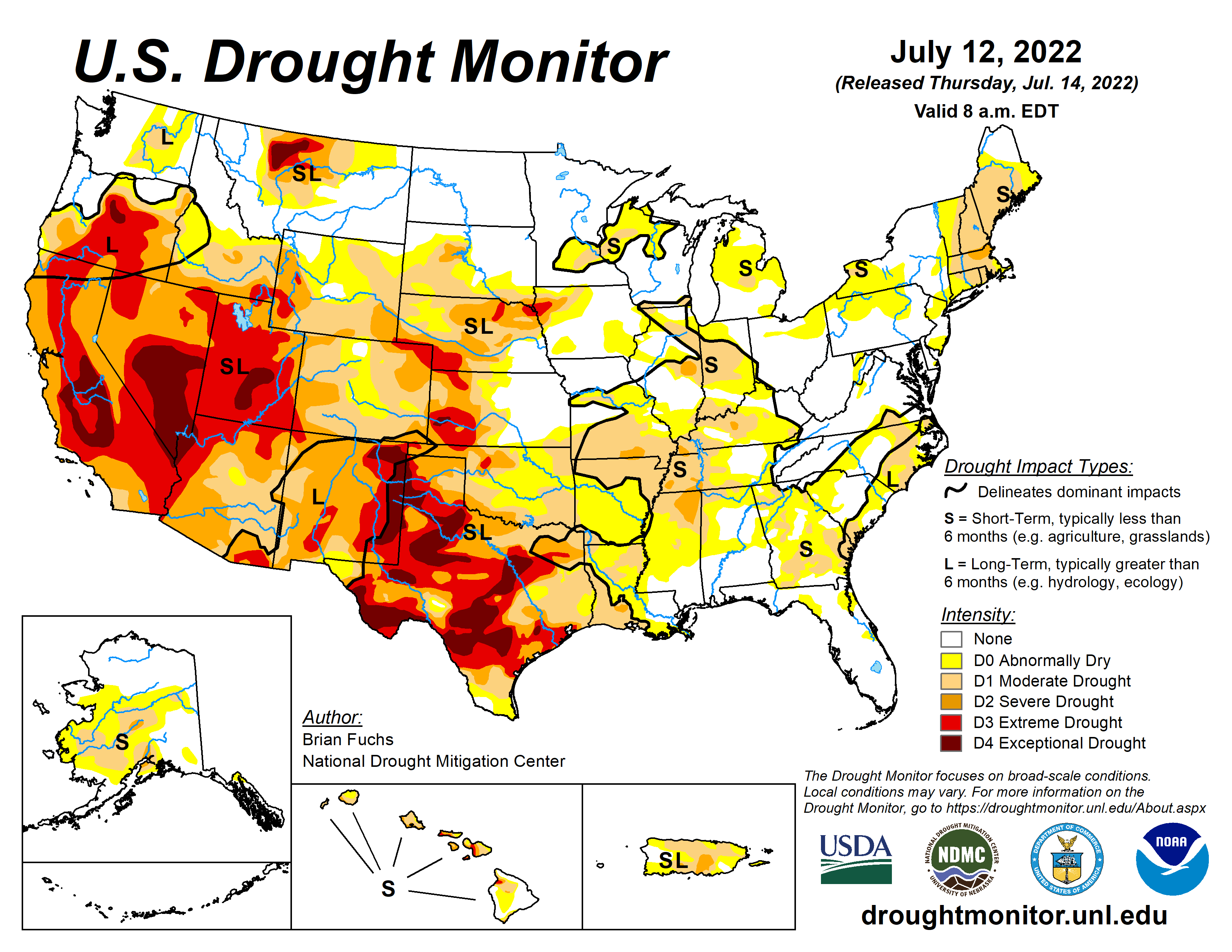Living in a notoriously dry climate, my family has become intimately familiar with water conservation. We installed a sophisticated greywater recycling system for our yard irrigation long before the area’s drought became household dinner conversation. My kids grew up having their showers timed, and our home has been outfitted with high-efficiency, WaterSense-labeled products and appliances like those sold by AM Conservation since it was built. So, when our water utility announced that they would be enforcing stringent residential water restrictions this spring and summer, I jumped in with both feet, certain our family was well prepared for the challenge at hand. Needless to say, after eight weeks of seriously cutting our water use, I learned a thing or two. And my experience may be helpful for both utilities that are considering water conservation programs, as well as the homeowners who are being asked to adopt a more water-conscious lifestyle. Read on to find out what I discovered along the way.
Despite living in Nevada, the driest state in the country, in an area that averages just 4.2 inches of precipitation annually, you may be surprised to learn that our water utility had not implemented a water conservation program previously. Different utilities in the state have offered their customers incentives to zero-scape their yards in the past, but those incentives never made their way to our neighborhood. In fact, in terms of water conservation education, I found that most of my neighbors, and the community as a whole, were ill-prepared for cutting back on water use. That turned out to be a significant obstacle to overcome. Our community doesn’t just pride themselves on having beautiful and lush landscapes, the Homeowners’ Association (HOA) in the area insists on it. With very little precipitation and the challenge of being held to an impossible standard to avoid getting fined, homeowners in my area are no stranger to $600 monthly water bills. This green phenomenon isn’t restricted to western states, either; Americans love a beautiful, well-watered landscape.

Making Water Conservation A Priority
For this reason, water conservation education is imperative for every household in the nation. According to the National Oceanic and Atmospheric Administration (NOAA), nearly half the country is in a drought, with 30% of the nation experiencing extreme or exceptional drought. The frequency, intensity, and duration of drought events is increasing. This pattern is expected to continue and shift outside of historical trends, making forecasting the nation’s water supply and quality more difficult. And drought isn’t the only risk to our water supply. Aging infrastructure, such as leaky pipes and water mains, is estimated to result in the loss of 2.1 trillion gallons (!) of treated drinking water each year. Without education and an understanding of what can be done, families will struggle to adopt water conservation, or worse, water restrictions. Regardless of whether your area is currently faced with a drought, now is the time to implement water conservation education. A utility does not want to wait until they have no choice but to enforce strict water restrictions to introduce the concept of using less.
Providing the Right Products
The water restrictions in my community went beyond cutting down on outdoor water irrigation. With only a limited amount of gallons of water allotted to each household per day, we had no other option but to let our landscapes go dormant. We had to look within our homes and restrict more than I was comfortable with to meet the daily maximum. An 8-minute shower with a 2.5 GPM showerhead uses 20 gallons of water. We are a family of four. If our home had standard showerheads, we would have depleted our daily water reserves before the day had even started. While we already had water-efficient products within our home, I knew we could do better.
I replaced our showerheads with a 1.0 GPM model and each family member was restricted to 2 minutes of running water. We adapted to the change quickly because I had water- efficient products and knowledge available to me through work. But my neighbors didn’t fare as well. Not only was it difficult to find showerheads locally at less than 1.8 GPM, but most families don’t even know that a lower flow rate showerhead is available, nor do they know where to look. Utilities can make a drought transition easier and less stressful for their customers by sponsoring an online marketplace like the ones offered by our services business, Franklin Energy. While it’s important to stock the marketplace with truly water-efficient products like a 0.5 GPM faucet aerator, or unique water products like a toilet tank bank, you also want to offer everyday water conservation products that appeal to all customers, even those not facing strict water restrictions. Consider innovative options like a smart irrigation controller that creates schedules based on local weather data. Couple that with water-efficient sprinkler heads that cut irrigation water by as much as 35% without sacrificing lawn health, and you will have satisfied customers that are more than happy to jump on the water conservation train.
efficient products and knowledge available to me through work. But my neighbors didn’t fare as well. Not only was it difficult to find showerheads locally at less than 1.8 GPM, but most families don’t even know that a lower flow rate showerhead is available, nor do they know where to look. Utilities can make a drought transition easier and less stressful for their customers by sponsoring an online marketplace like the ones offered by our services business, Franklin Energy. While it’s important to stock the marketplace with truly water-efficient products like a 0.5 GPM faucet aerator, or unique water products like a toilet tank bank, you also want to offer everyday water conservation products that appeal to all customers, even those not facing strict water restrictions. Consider innovative options like a smart irrigation controller that creates schedules based on local weather data. Couple that with water-efficient sprinkler heads that cut irrigation water by as much as 35% without sacrificing lawn health, and you will have satisfied customers that are more than happy to jump on the water conservation train.
 And as I mentioned before, education breeds adoption. Our water utility was inundated with angry customers who looked for ways to cheat the system because they felt they had not been provided with the resources needed to restrict water to such an extreme. Had our utility provided a marketplace filled with water-efficient products and abundant in education, things would have gone a lot smoother. Another option would have been providing customers with water-conservation and education kits when they delivered the water restriction news.
And as I mentioned before, education breeds adoption. Our water utility was inundated with angry customers who looked for ways to cheat the system because they felt they had not been provided with the resources needed to restrict water to such an extreme. Had our utility provided a marketplace filled with water-efficient products and abundant in education, things would have gone a lot smoother. Another option would have been providing customers with water-conservation and education kits when they delivered the water restriction news.
Partnering with State- and Community-Level Entities
A week into water restrictions, I received a notice promising a $100 fine from my HOA for allowing my lawn to lose its deep green color. A letter from the city, who was running a “Keep our Neighborhoods Beautiful” campaign, followed shortly thereafter. All of this occurred while the local media reminded me nightly that we are in the middle of the worst drought the area has ever experienced. This wasn’t the first time our utility and the rest of the community weren’t aligned. And after doing some research, I learned it’s a common occurrence throughout many drought states. Utilities need to partner with the community for a water conservation program or water restrictions to be effective. The city, the state, the utility, the HOA’s, and even community shopping centers need to work together. In addition to having an online marketplace, utilities should offer rebates for water-efficient products to be redeemed at local stores for those families that aren’t comfortable making these purchases online.
But rebates alone aren’t enough, either. Stores need to be stocked with water-efficient.jpeg?width=248&name=American%20Water%20MO%20Insert%20Mockup%20(1).jpeg) products that can help meet the restrictions enforced by the utility. Work with neighborhood associations and community agencies to offer free water conservation courses. And collaborate with the city, the state, and neighborhood HOA’s to distribute helpful water conservation tips and tricks, while also enforcing water conservation messages and mandates. Our HOA eventually waived that $100 fine, but receiving that message a week into the restrictions caused me to doubt the seriousness of the situation and lose trust in my utility. And working in the industry, I likely understand better than most in my neighborhood just how bad the drought could get.
products that can help meet the restrictions enforced by the utility. Work with neighborhood associations and community agencies to offer free water conservation courses. And collaborate with the city, the state, and neighborhood HOA’s to distribute helpful water conservation tips and tricks, while also enforcing water conservation messages and mandates. Our HOA eventually waived that $100 fine, but receiving that message a week into the restrictions caused me to doubt the seriousness of the situation and lose trust in my utility. And working in the industry, I likely understand better than most in my neighborhood just how bad the drought could get.
Our water restrictions eased a couple of weeks ago, and I found that for our family, remaining committed to water conservation and incorporating the lessons we learned during the restriction has been beneficial. But I also learned that without the right products, and a solid understanding of what we could do to conserve, we wouldn’t have been successful.
To start or continue your water-saving journey, contact us today to get started.






